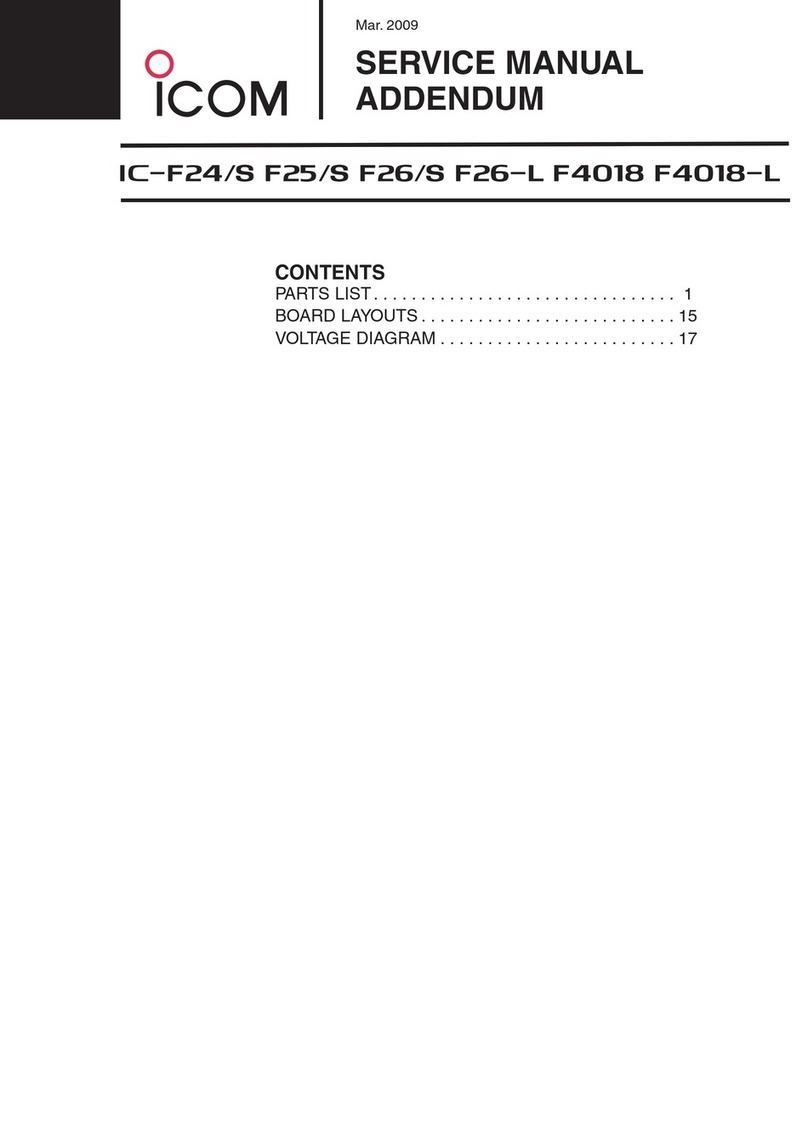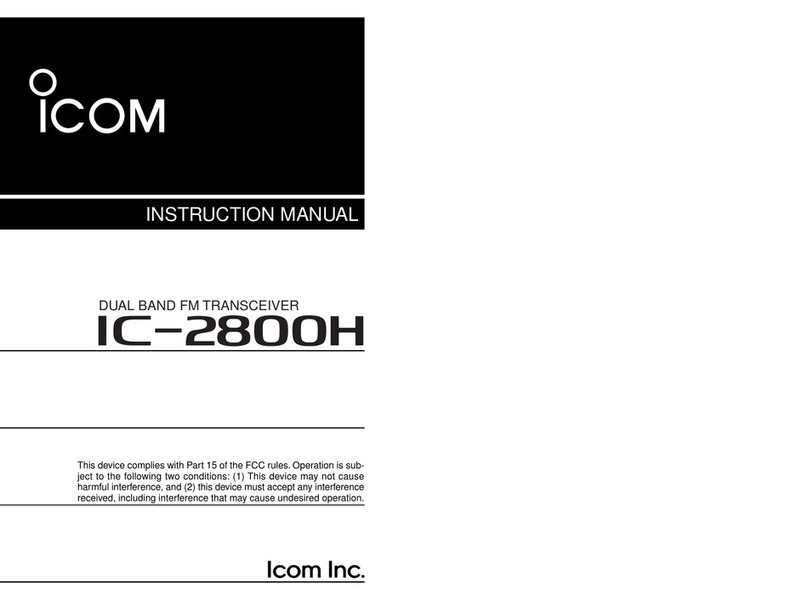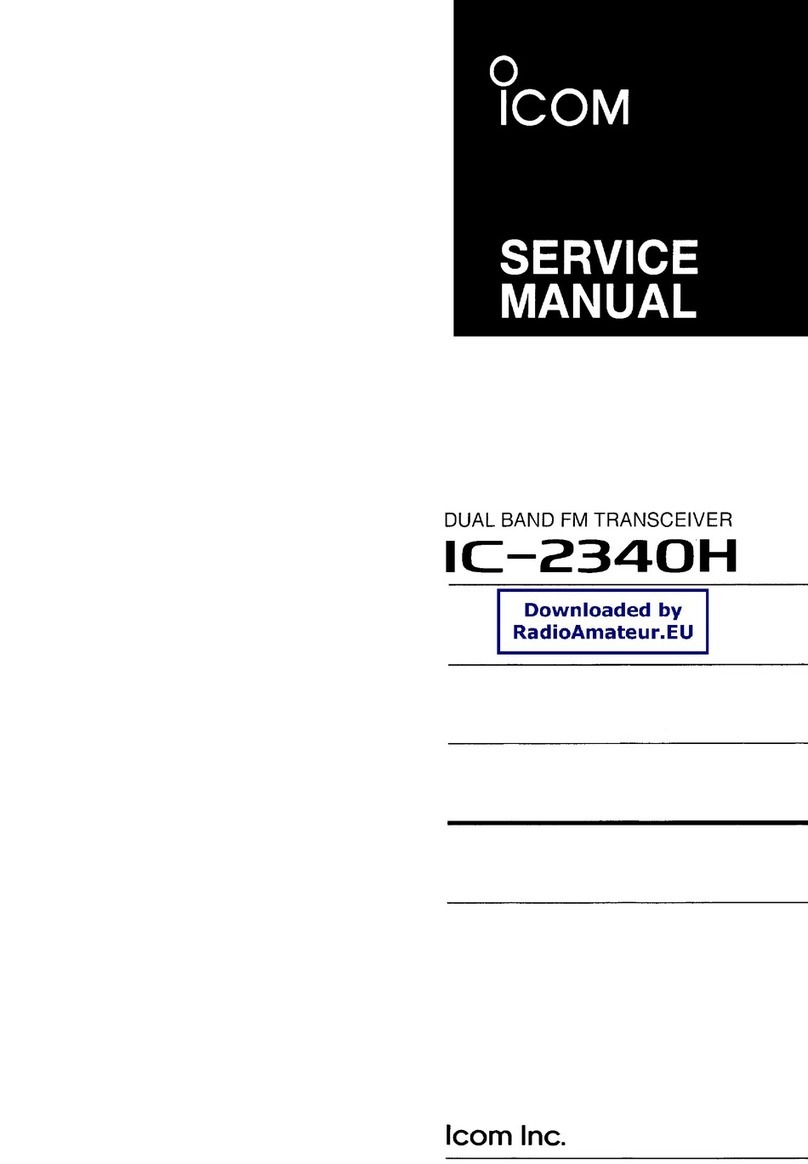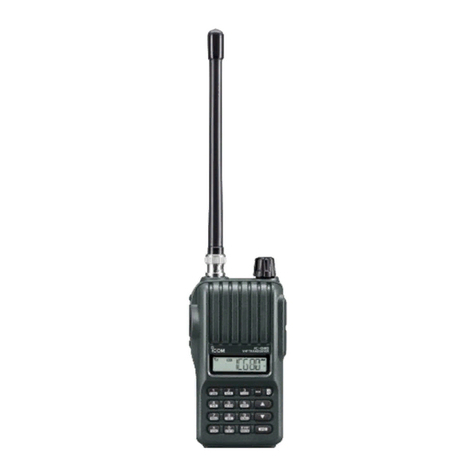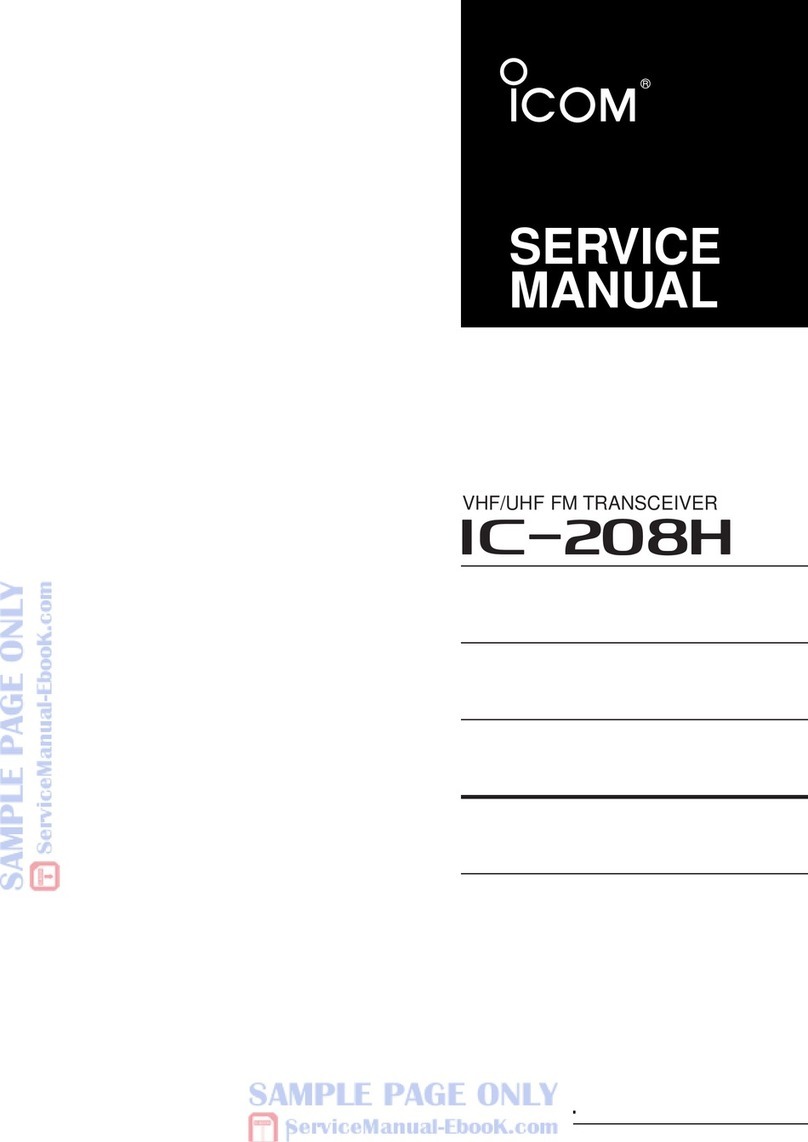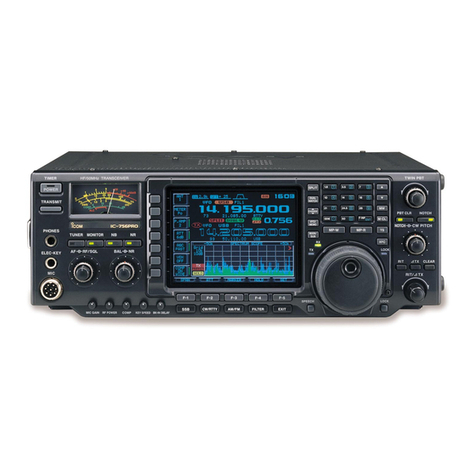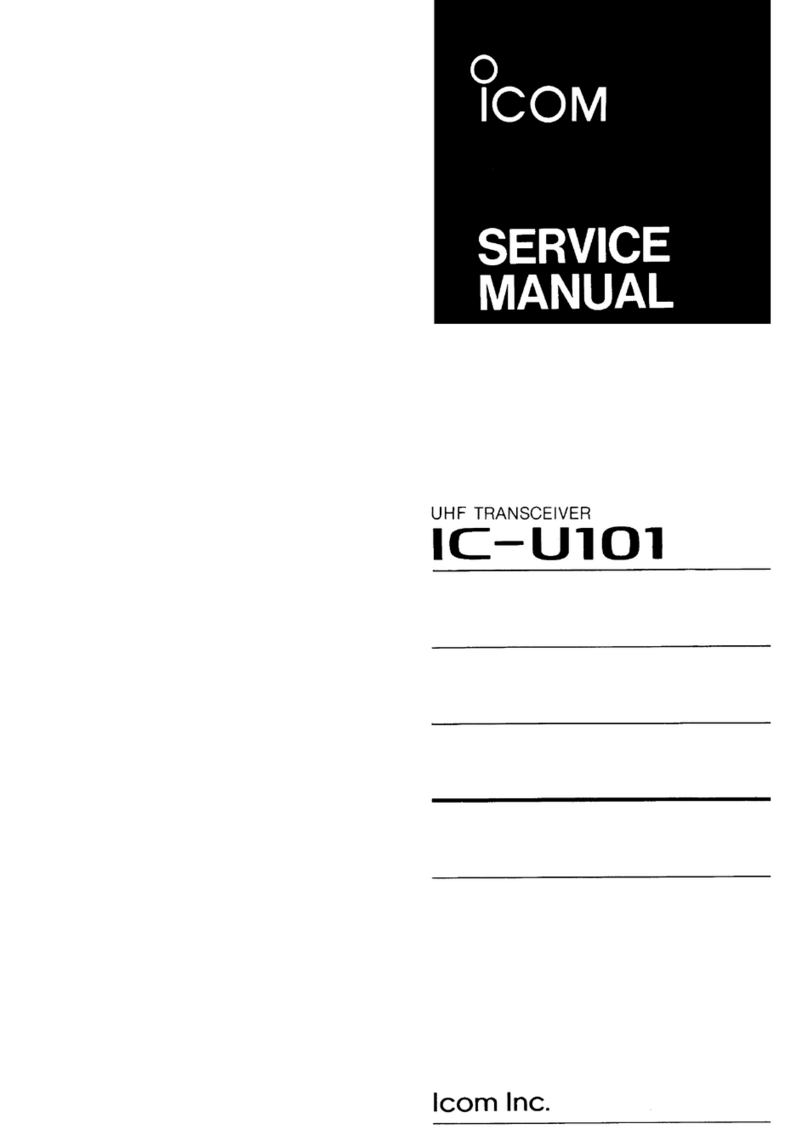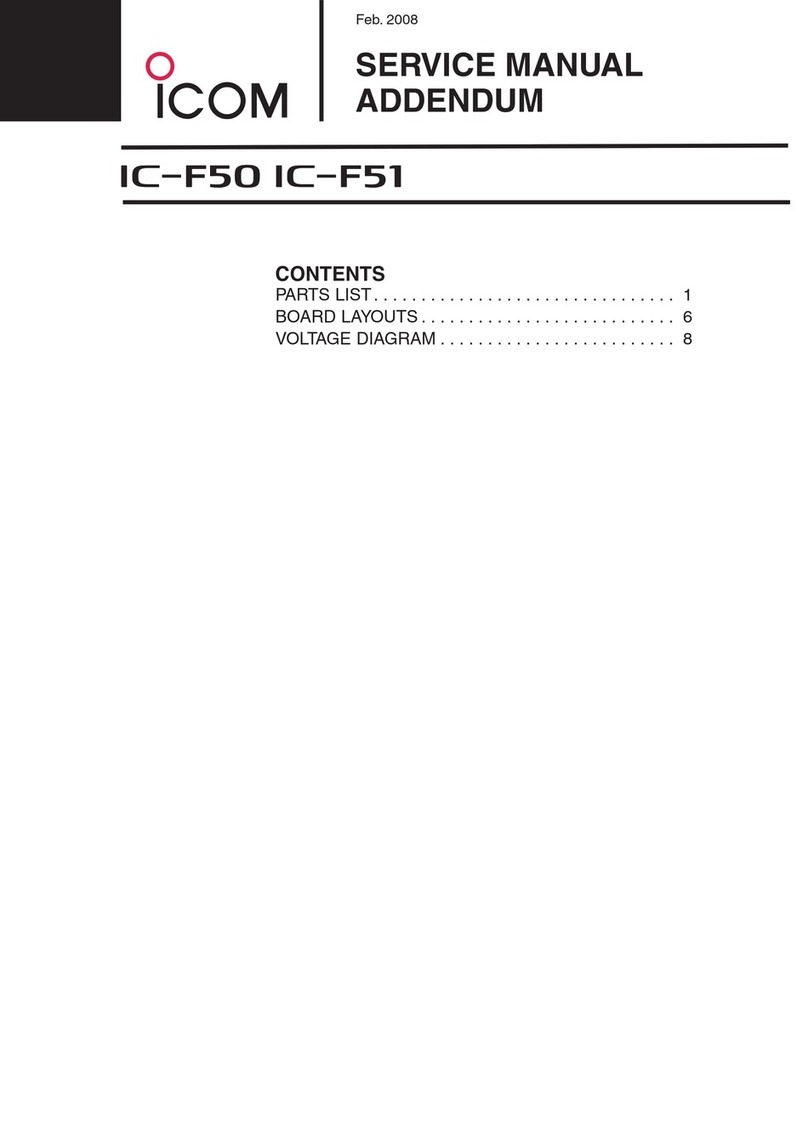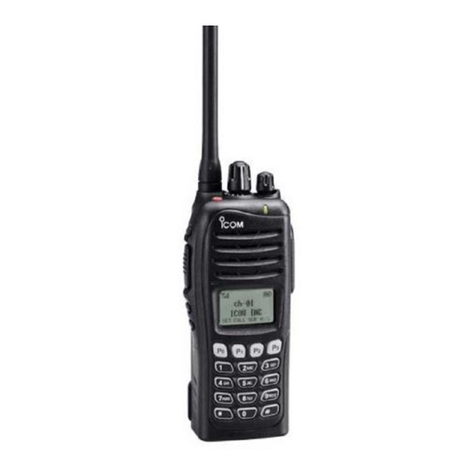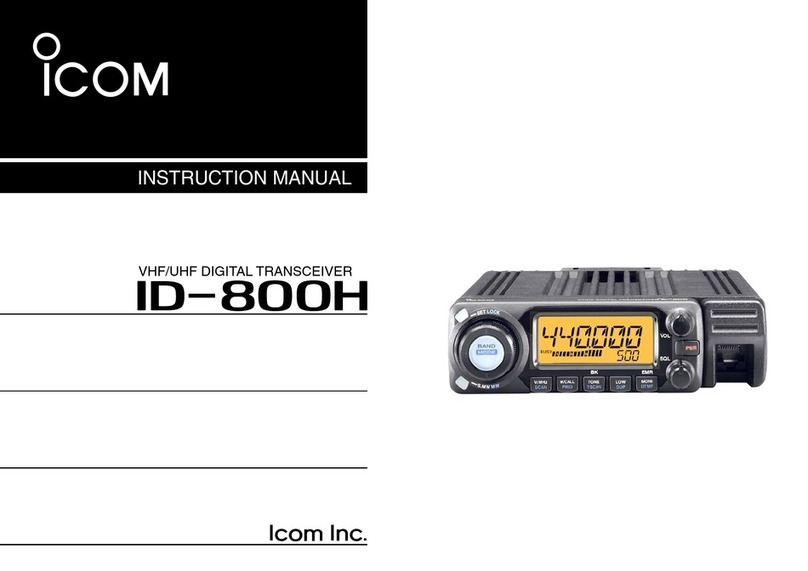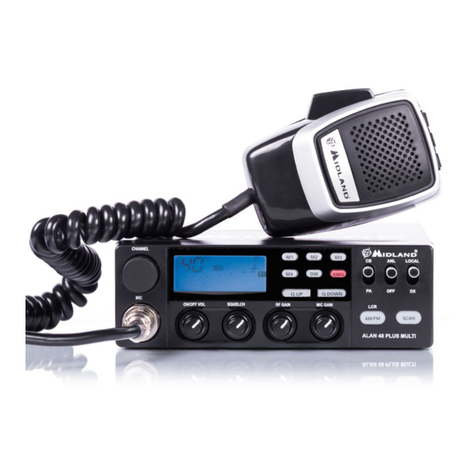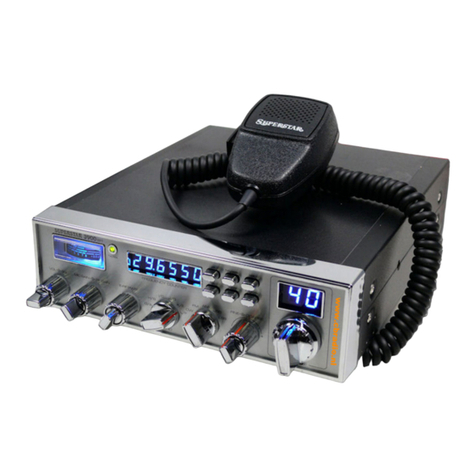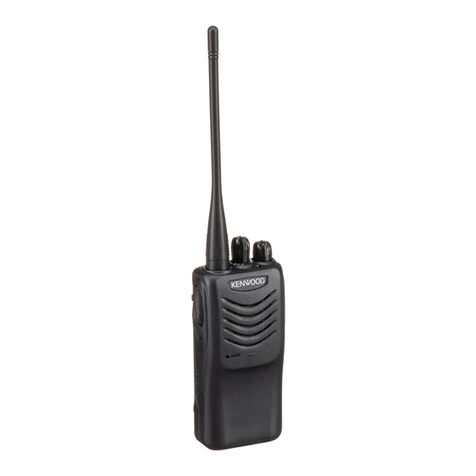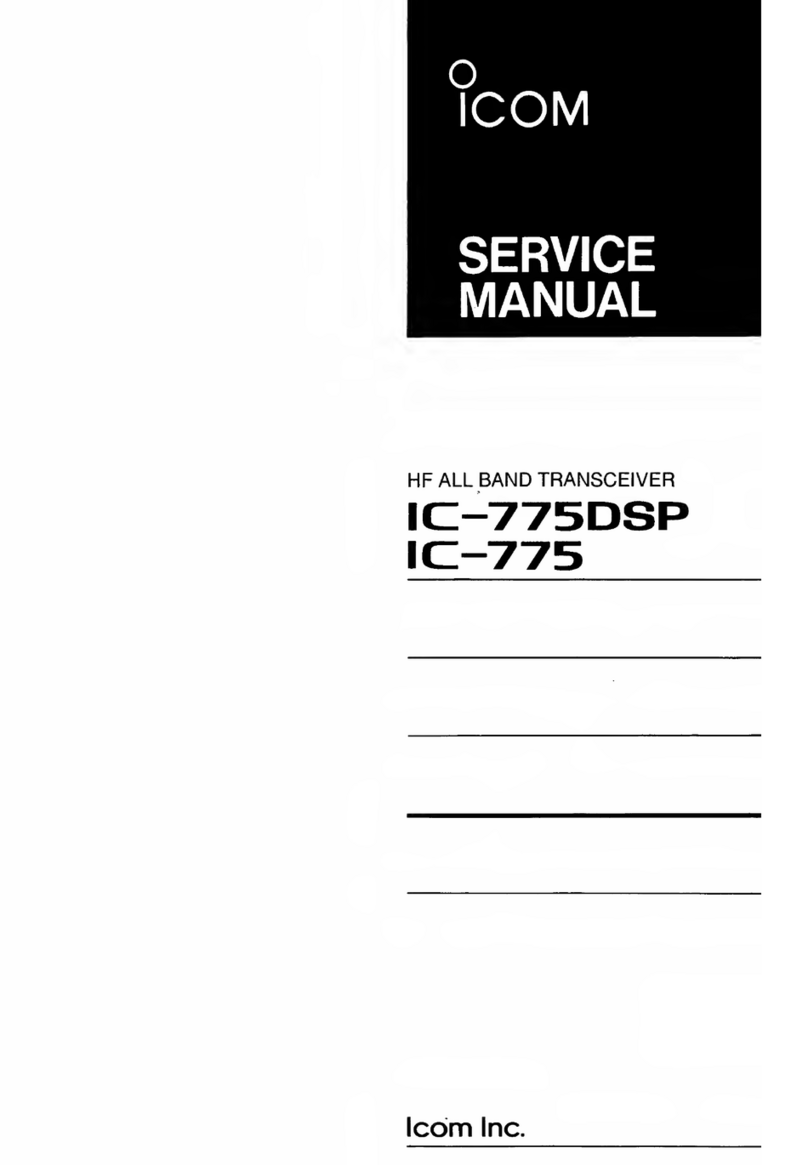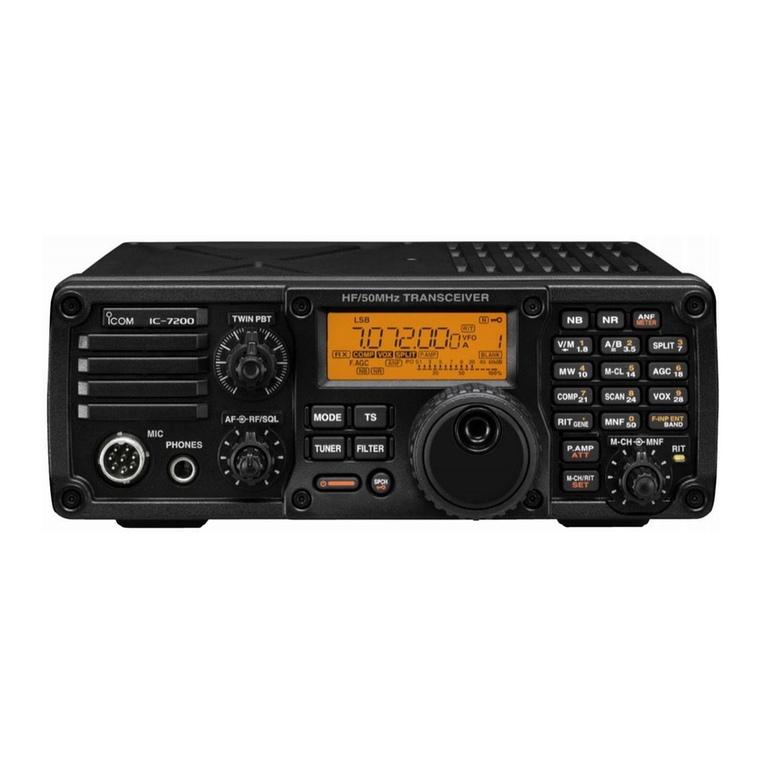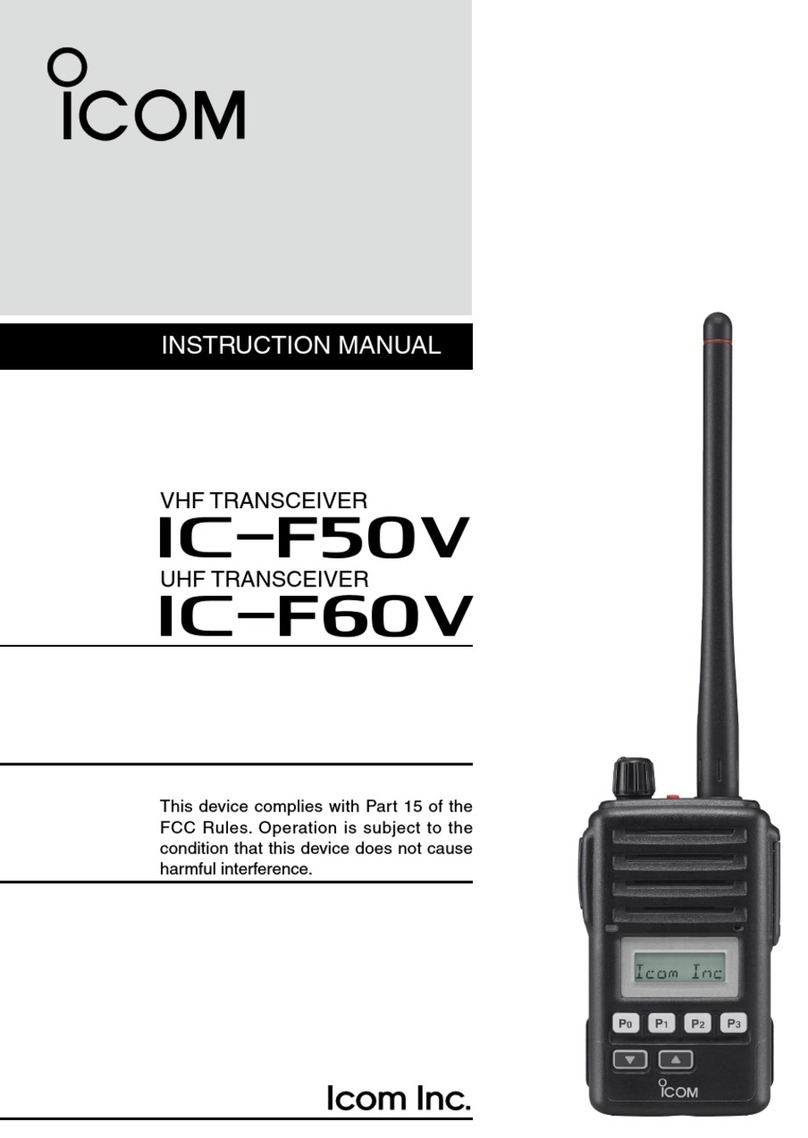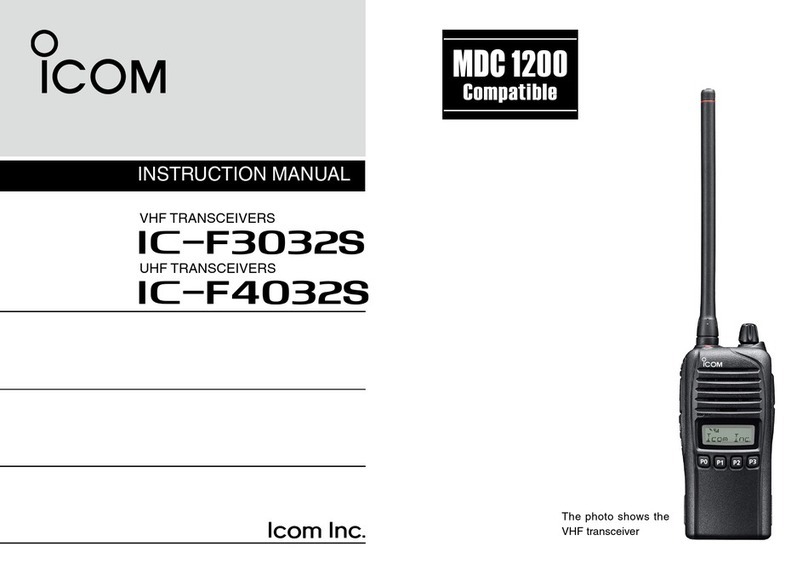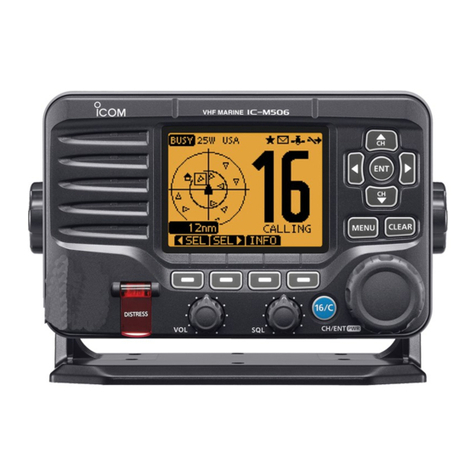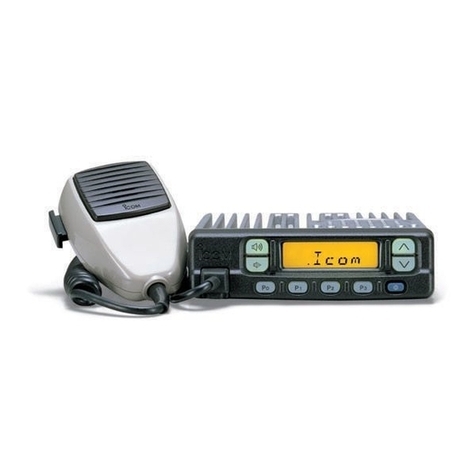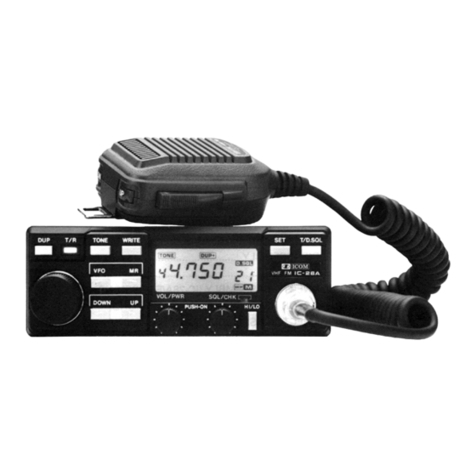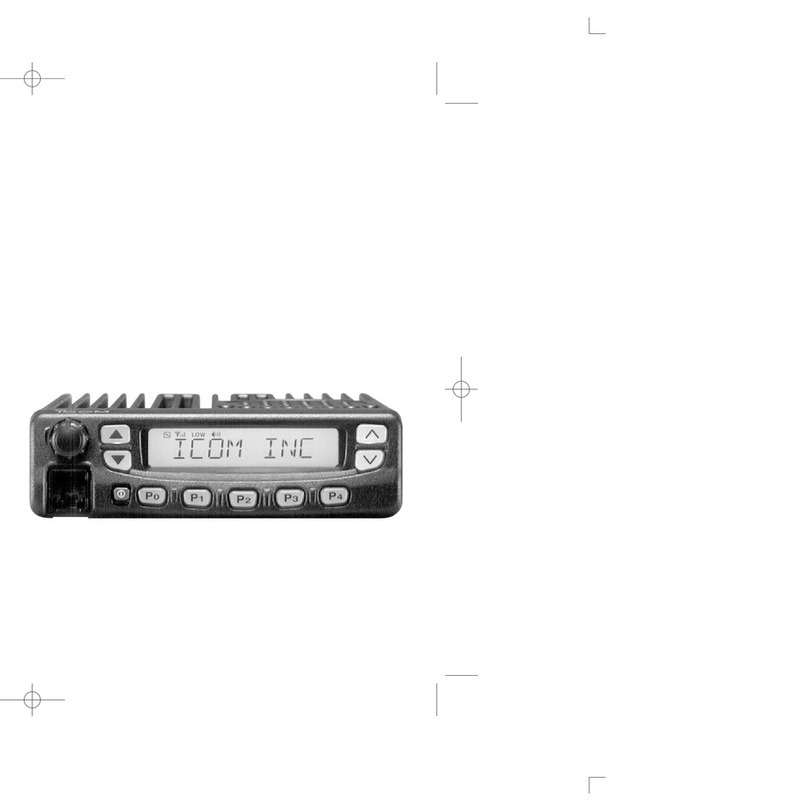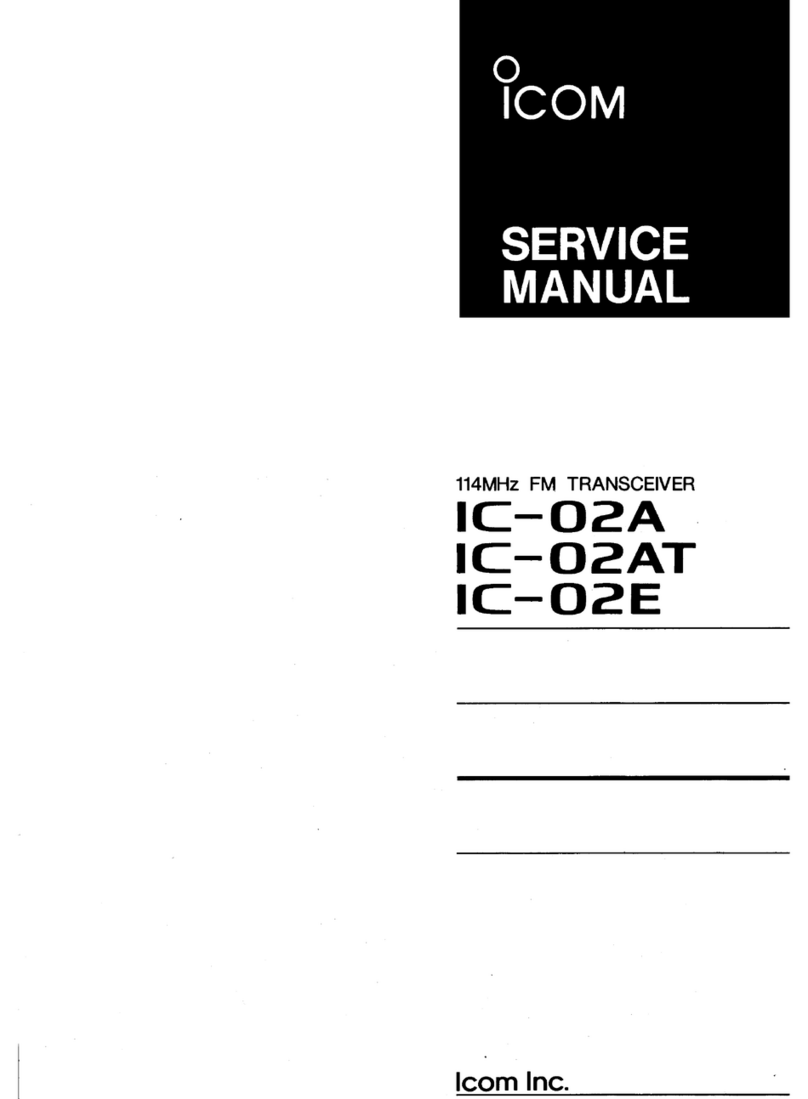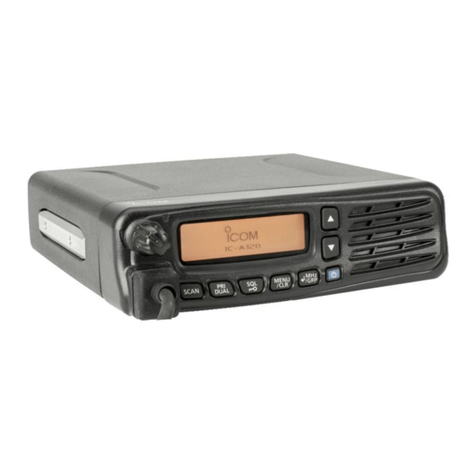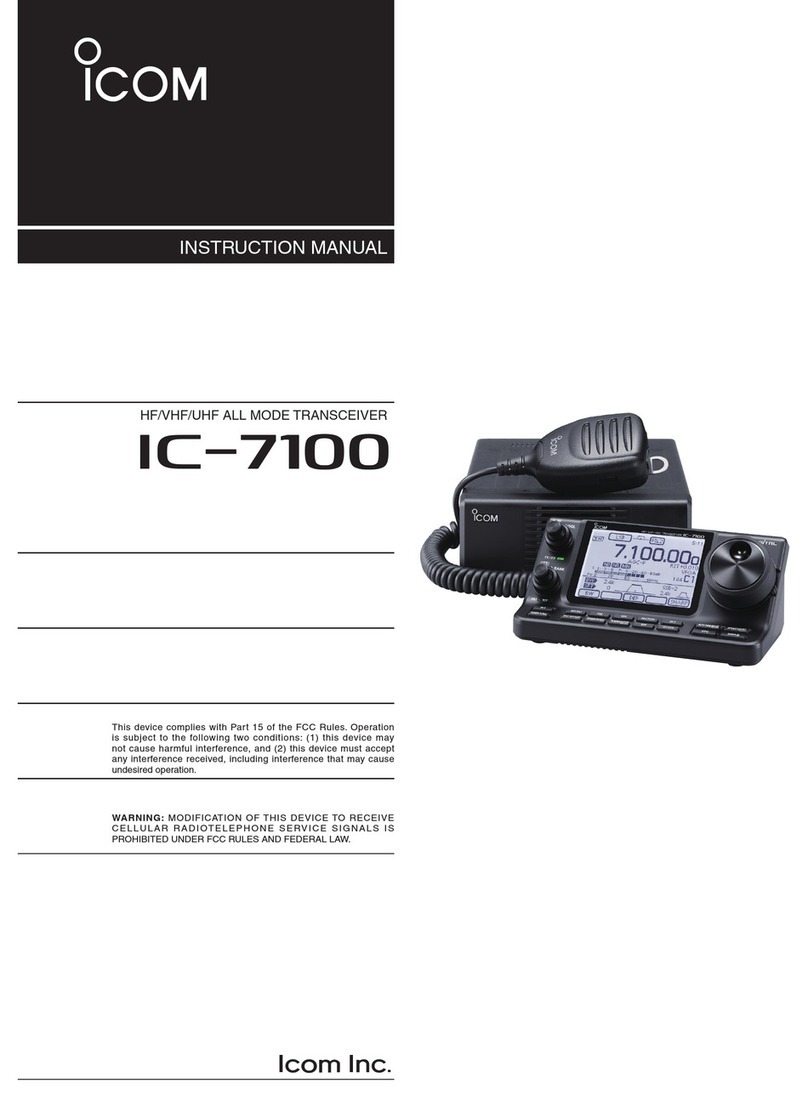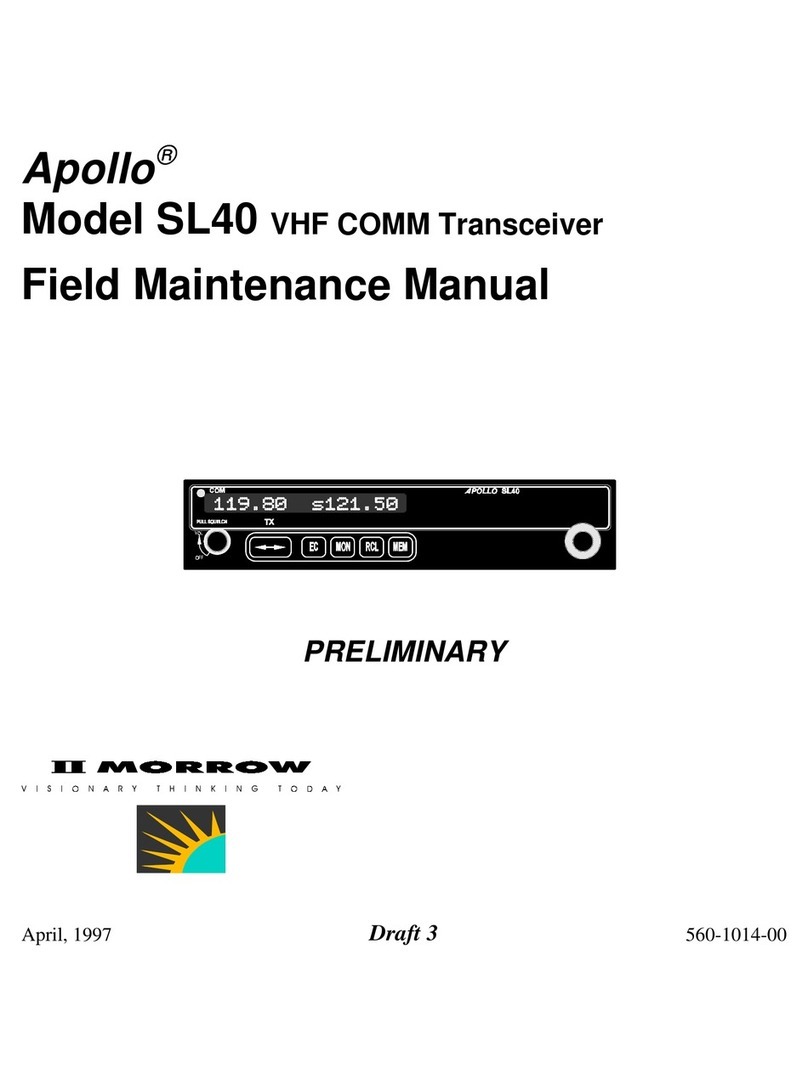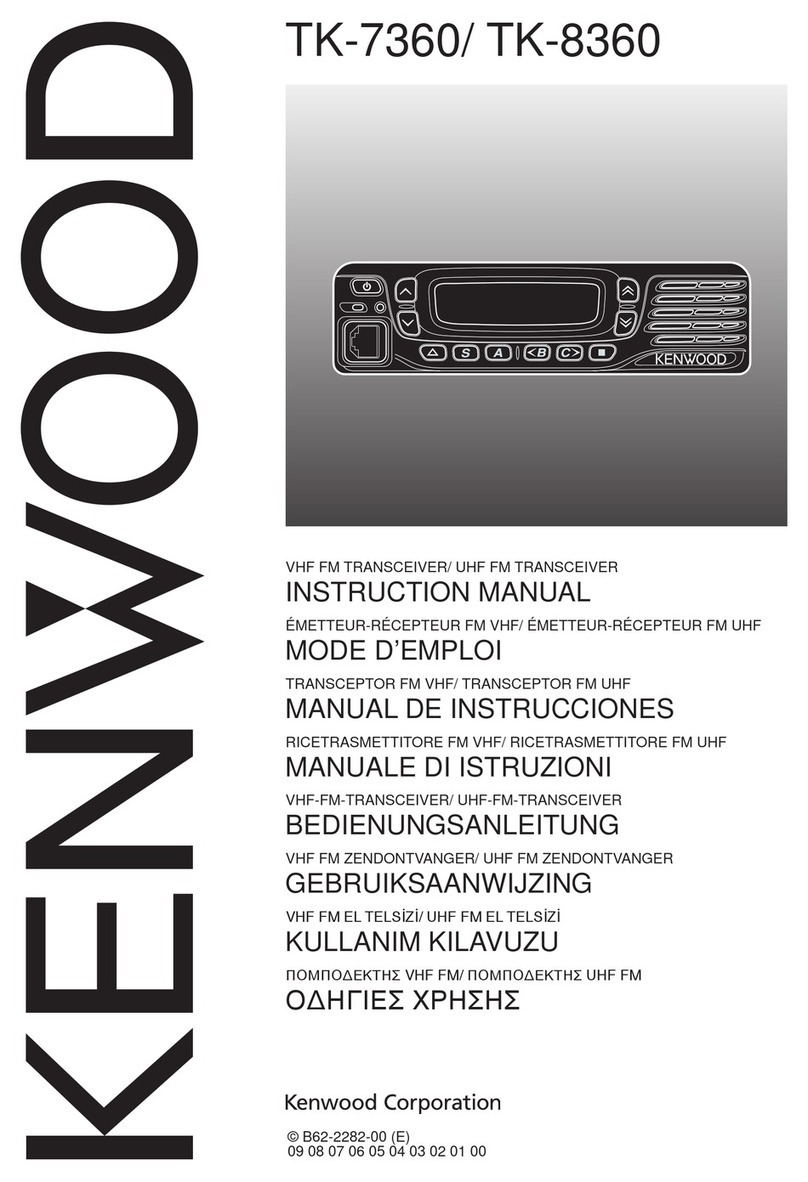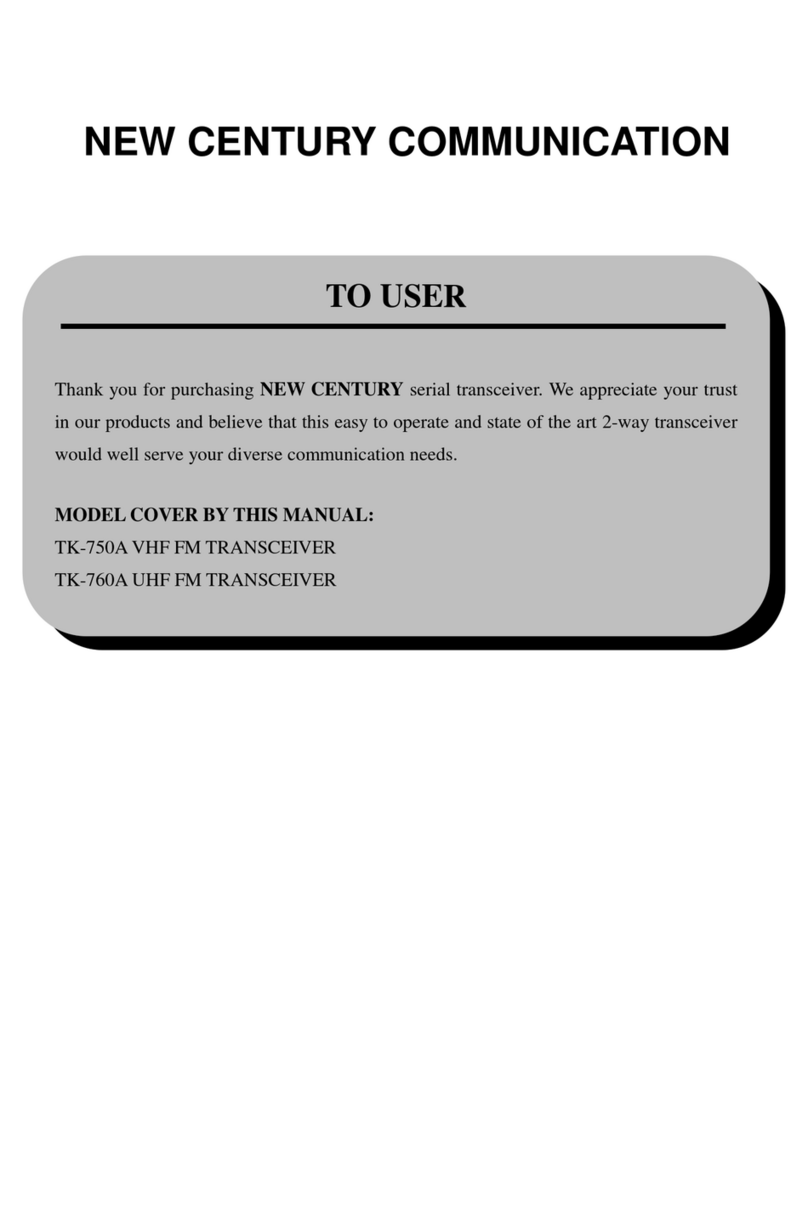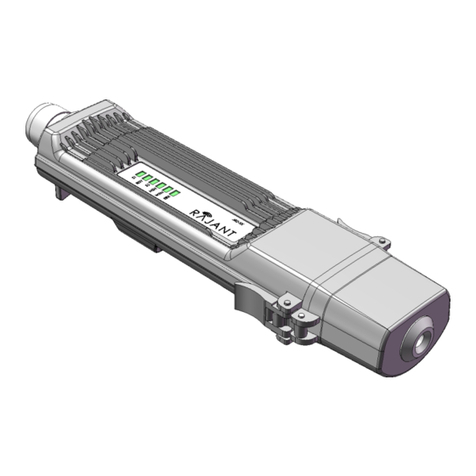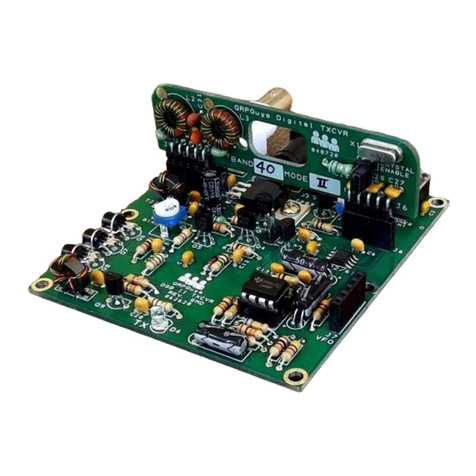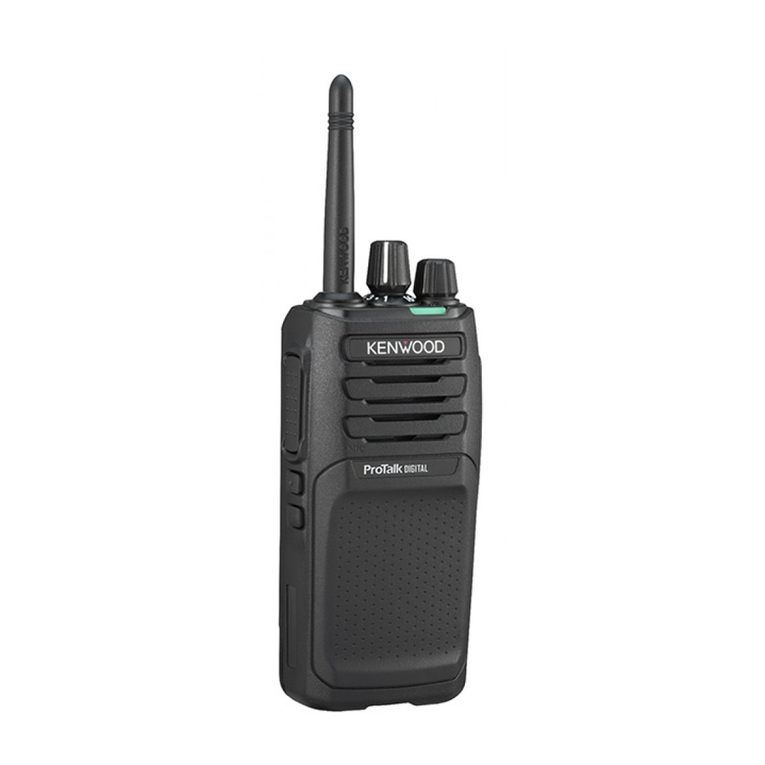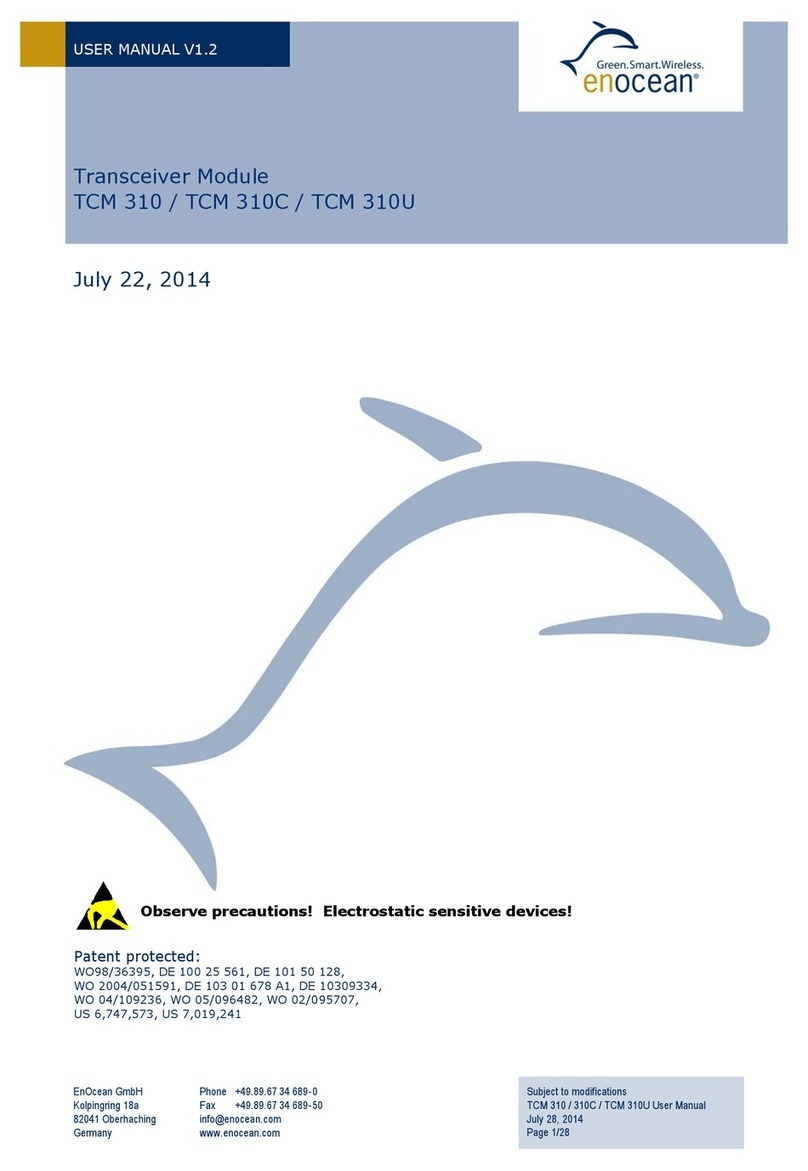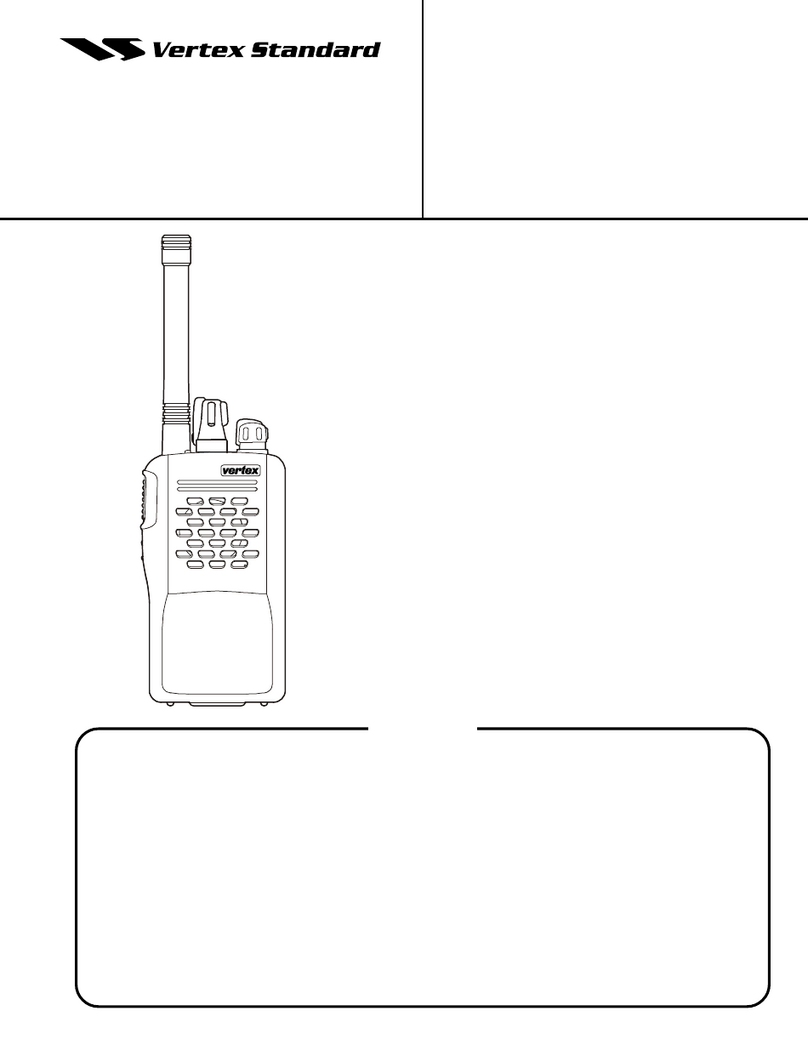
iv
1
2
3
4
5
6
7
8
9
10
11
12
IMPORTANT ................................................................................... i
EXPLICIT DEFINITIONS ................................................................ i
IN CASE OF EMERGENCY ........................................................... ii
NOTE .............................................................................................. ii
RADIO OPERATOR WARNING .................................................... iii
PRECAUTIONS ............................................................................. v
1 OPERATING RULES ............................................................... 1
2 PANEL DESCRIPTION ........................................................ 2–6
■Panel description .................................................................. 2
■Function display .................................................................... 4
■Speaker microphone ............................................................. 6
3 BASIC OPERATION .......................................................... 7–12
■Channel selection ................................................................. 7
■Receiving and transmitting ................................................... 9
■Call channel programming .................................................. 10
■Microphone lock function .................................................... 10
■Display backlight ................................................................. 10
■Channel comments ............................................................. 11
■AquaQuake water draining function .................................... 11
■Optional Voice scrambler operation .................................... 12
4 DUALWATCH/TRI-WATCH .................................................... 13
■Description .......................................................................... 13
■Operation ............................................................................ 13
5 SCAN OPERATION ......................................................... 14–15
■Scan types .......................................................................... 14
■Setting TAG channels ......................................................... 15
■Starting a scan .................................................................... 15
6 DSC OPERATION ............................................................ 16–38
■MMSI code programming ................................................... 16
■DSC address ID .................................................................. 16
■Position and Time programming ......................................... 18
■Position and Time display ................................................... 19
■GPS information display ..................................................... 19
■Distress call ........................................................................ 20
■Transmitting DSC Calls ....................................................... 23
■Receiving DSC Calls .......................................................... 34
■Received messages ........................................................... 40
■DSC Set mode .................................................................... 41
7 OTHER FUNCTIONS ....................................................... 43–46
■Intercom operation .............................................................. 43
■Hailer operation .................................................................. 44
■Automatic foghorn ............................................................... 45
■RX speaker function ........................................................... 46
8 SET MODE ....................................................................... 47–49
■Set mode programming ...................................................... 47
■Set mode items ................................................................... 47
9 CONNECTIONS AND MAINTENANCE ........................... 50–57
■Connections ........................................................................ 50
■Fuse replacement ............................................................... 51
■Supplied accessories .......................................................... 51
■Antenna .............................................................................. 51
■Mounting the transceiver .................................................... 52
■MB-75 installation ............................................................... 53
■UT-112/UT-98 installation .................................................... 54
■HM-157/HM-162 installation ............................................... 55
10 TROUBLESHOOTING ............................................................ 58
11 SPECIFICATIONS AND OPTIONS .................................. 59–60
■Specifications....................................................................... 59
■Options ................................................................................ 60
12 CHANNEL LIST ..................................................................... 61
TABLE OF CONTENTS




















